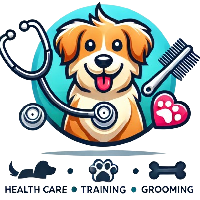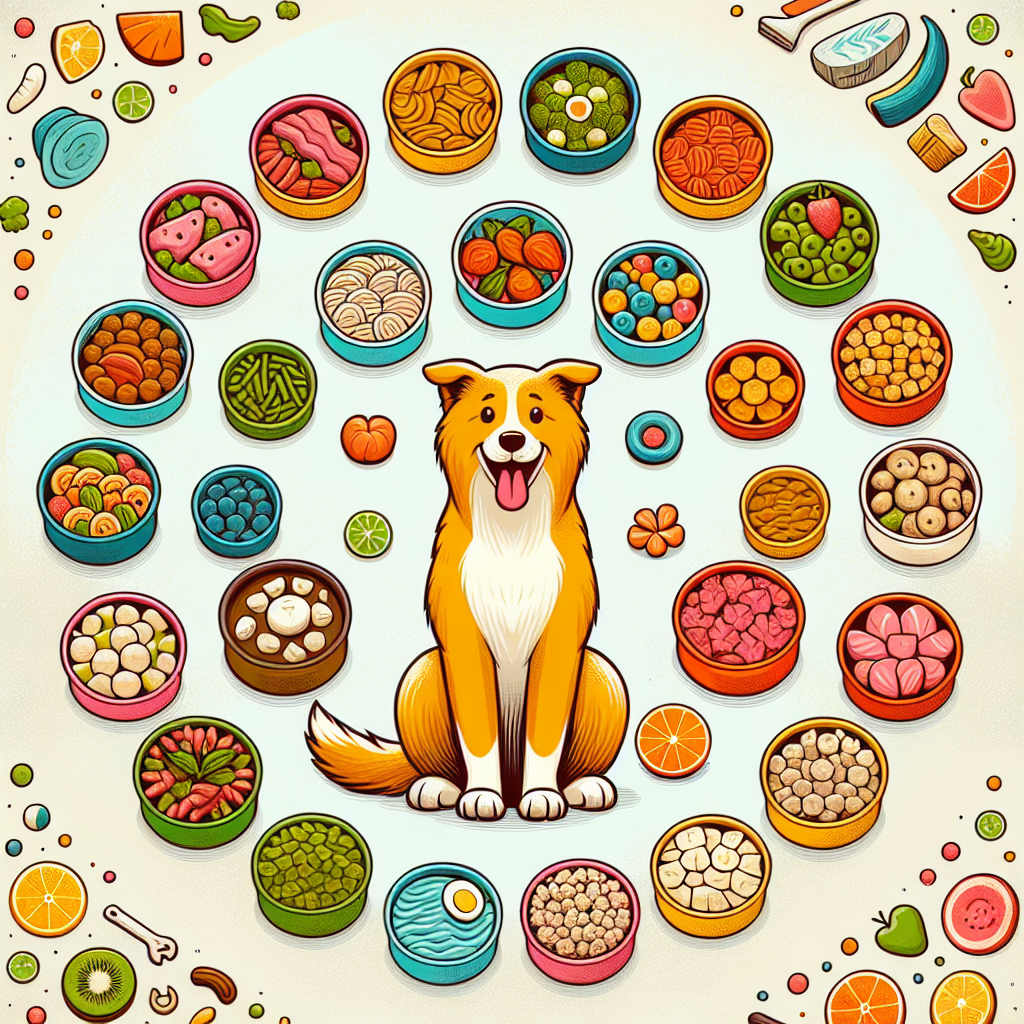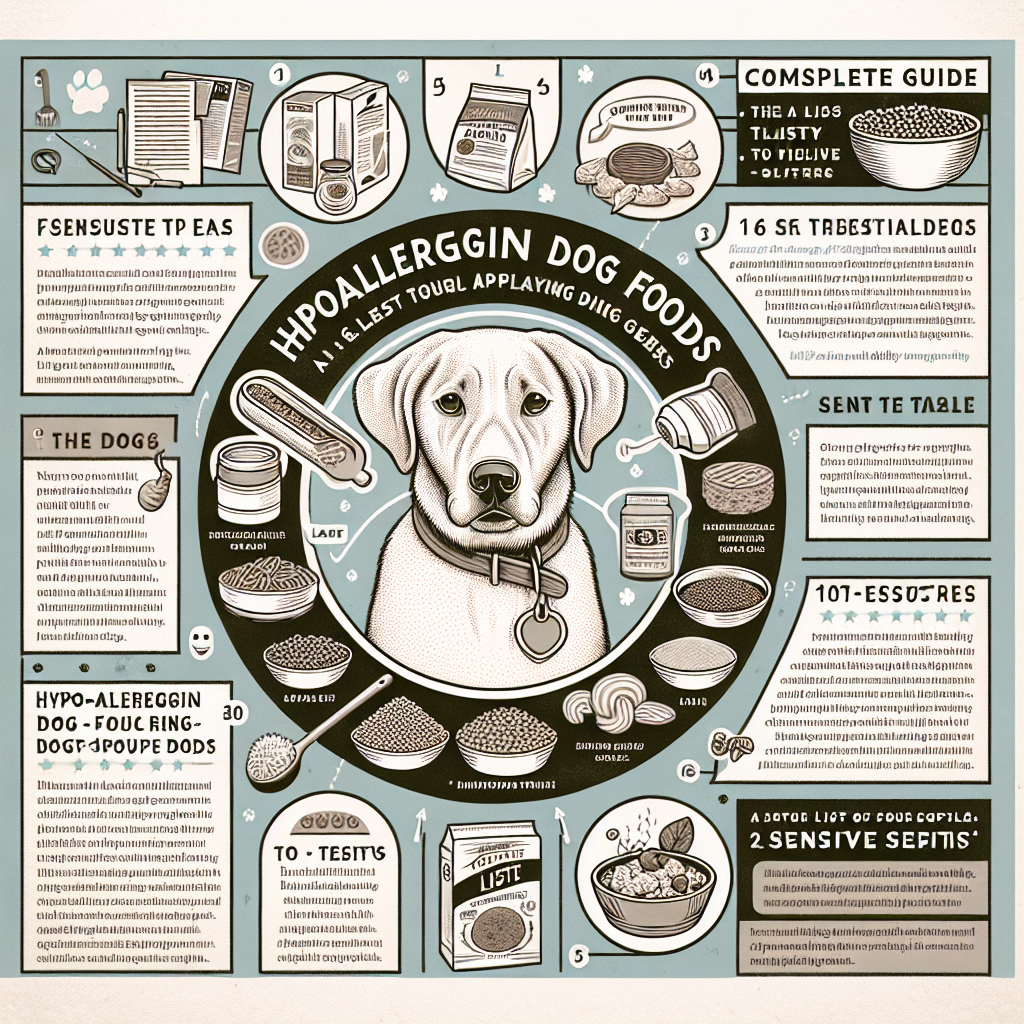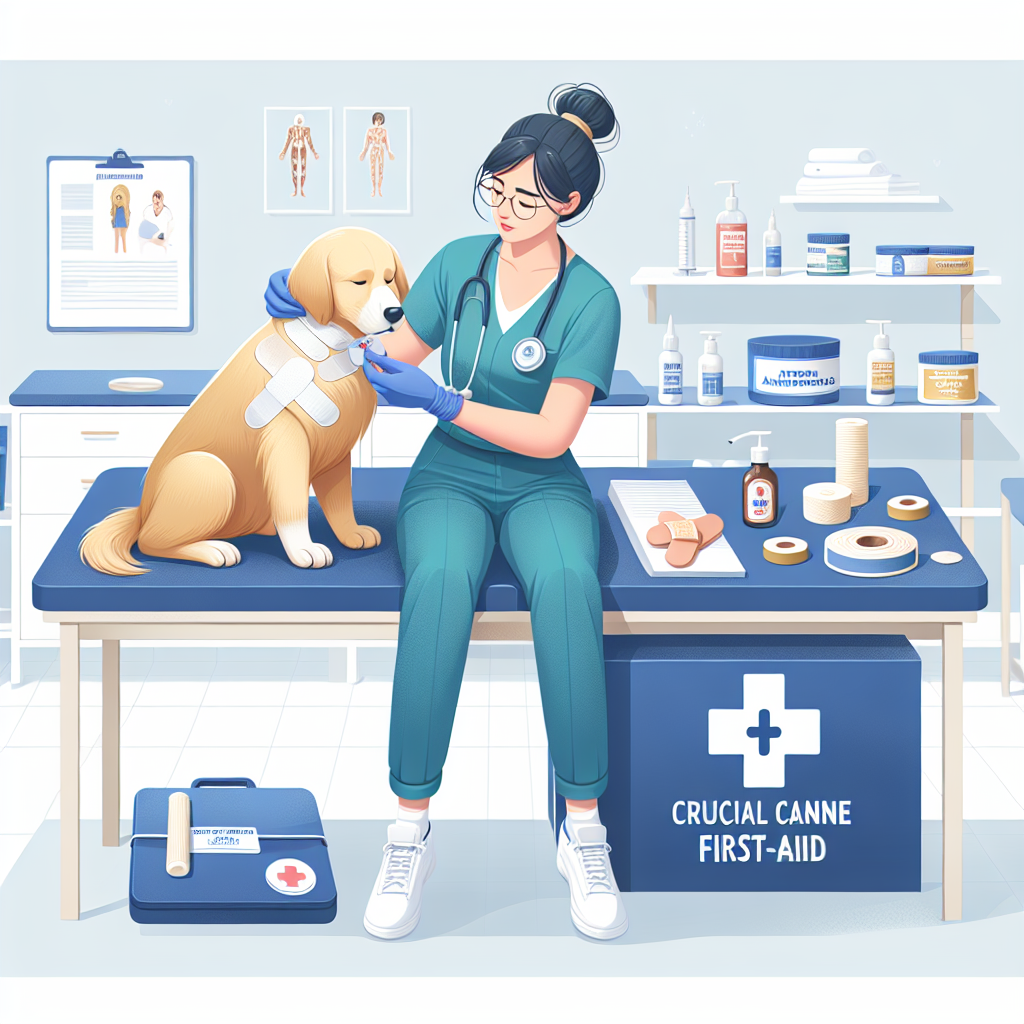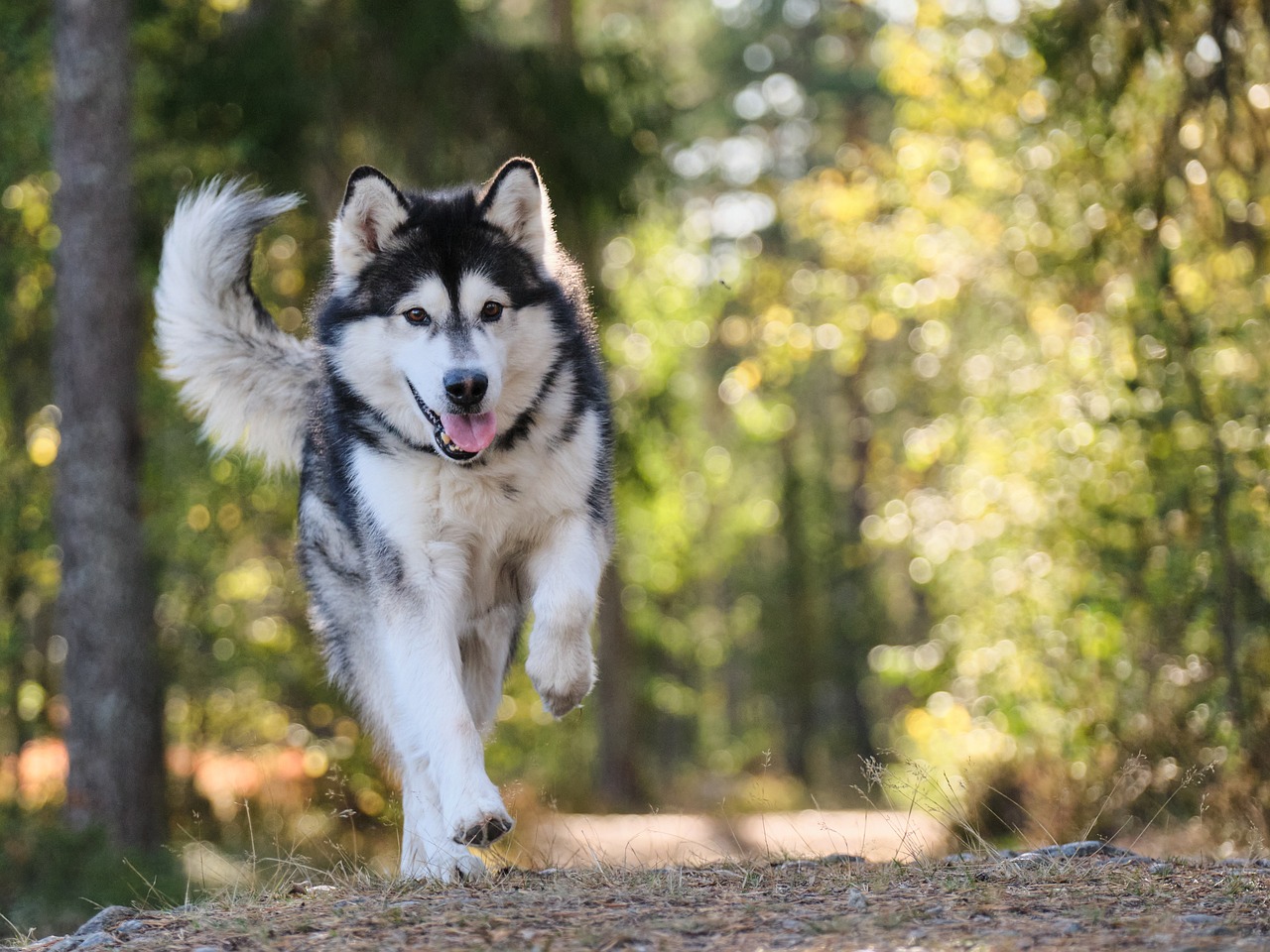
Aging is a natural part of life, and as your beloved furry friend enters their senior years, their nutritional needs change. Understanding these changes and providing the right diet can significantly impact their health, vitality, and overall longevity. This comprehensive guide will delve into the top tips for optimizing your senior dog’s diet to ensure they stay happy and healthy in their golden years.
Understanding the Nutritional Needs of Senior Dogs
1.1 Changes in Metabolism and Activity Levels
As dogs age, their metabolism slows down, and they tend to become less active. This change requires adjustments in their caloric intake to prevent obesity, which can lead to various health issues such as diabetes, heart disease, and joint problems.
1.2 Protein Requirements
Contrary to popular belief, senior dogs often need more, not less, high-quality protein. It helps maintain muscle mass, supports the immune system, and promotes overall health. However, the protein must be easily digestible to prevent strain on the kidneys.
1.3 Essential Fatty Acids
Omega-3 and Omega-6 fatty acids are crucial in a senior dog’s diet. They support cognitive function, reduce inflammation, and improve skin and coat health. Fish oil is a great source of these essential nutrients.
1.4 Fiber for Digestive Health
Older dogs can suffer from constipation and other digestive issues. Including adequate fiber in their diet helps maintain healthy digestion. Sources of fiber can include vegetables, whole grains, and specially formulated senior dog foods.
1.5 Vitamins and Minerals
Senior dogs may require additional vitamins and minerals to support their aging bodies. For instance, antioxidants like Vitamin E and C help combat free radicals, while glucosamine and chondroitin support joint health. Always consult a veterinarian before supplementing to avoid imbalances.
Selecting the Right Food for Your Senior Dog
2.1 Types of Dog Food
-
- Dry Food (Kibble): Convenient and cost-effective, but ensure it is formulated for senior dogs to meet their nutritional needs.
-
- Wet Food (Canned): Easier to chew and digest, making it suitable for dogs with dental issues. It often contains higher protein and moisture content.
-
- Homemade Food: Allows complete control over ingredients but requires careful balancing to avoid nutritional deficiencies.
-
- Raw Food: Mimics natural diets but must be handled correctly to prevent bacterial contamination and balanced with the right supplements.
2.2 Identifying High-Quality Commercial Dog Foods
When selecting commercial food, look for the following:
-
- AAFCO Approval: Indicates the food meets the minimum nutritional standards.
-
- Quality Ingredients: Real meat sources, whole grains, and vegetables should be listed first, avoiding fillers and by-products.
-
- Special Formulations: Foods specifically designed for senior dogs often contain joint supplements, higher fiber, and easily digestible proteins.
Customizing Your Senior Dog’s Diet
3.1 Assessing Your Dog’s Specific Needs
Consider your dog’s breed, size, weight, and health conditions. For example, larger breeds are more prone to joint issues, while smaller breeds might have dental concerns that influence their dietary needs.
3.2 Dietary Adjustments for Health Conditions
-
- Arthritis and Joint Health: Look for foods with added glucosamine and chondroitin, Omega-3 fatty acids, and maintain a healthy weight to reduce stress on joints.
-
- Cognitive Decline: Diets rich in antioxidants, B vitamins, and Omega-3 fatty acids can support brain health.
-
- Kidney Disease: Requires a diet with reduced protein, phosphorus, and sodium to ease the kidneys’ workload. Consult with your vet for a prescription diet.
-
- Diabetes: High-fiber, low-glycemic foods help regulate blood sugar levels.
3.3 Monitoring and Adjusting Diet
Regular veterinary check-ups are essential to monitor your senior dog’s health. Blood tests can reveal nutritional deficiencies or excesses, and weight checks will ensure they’re not gaining or losing too much weight. Adjust portions and ingredients as necessary.
Creating a Balanced Homemade Diet
4.1 Consulting with a Veterinarian or Pet Nutritionist
Before transitioning to a homemade diet, collaborate with a professional to create a balanced meal plan. They can help you understand the specific nutritional requirements of your senior dog to prevent deficiencies.
4.2 Key Components of a Homemade Diet
-
- Protein Sources: Lean meats like chicken, turkey, and fish. Avoid pork and beef that may contain higher fat.
-
- Carbohydrates: Brown rice, quinoa, sweet potatoes, and oats provide energy and fiber.
-
- Fruits and Vegetables: Blueberries, carrots, spinach, and pumpkin are excellent sources of vitamins, minerals, and antioxidants.
-
- Healthy Fats: Fish oil, flaxseed oil, and olive oil supply essential fatty acids.
-
- Supplements: Ensure the diet includes necessary supplements like calcium and vitamin D, and consider adding probiotics for gut health.
4.3 Sample Homemade Meals
-
- Chicken and Rice Delight: Cooked chicken breast, brown rice, carrots, and peas mixed with a drizzle of fish oil.
-
- Turkey and Sweet Potato Stew: Ground turkey, cooked sweet potatoes, spinach leaves, and a sprinkle of turmeric for anti-inflammatory benefits.
-
- Fish and Quinoa Feast: Baked salmon, quinoa, green beans, and blueberries for a nutrient-rich meal.
Feeding Tips for Senior Dogs
5.1 Meal Timing and Frequency
Older dogs may benefit from smaller, more frequent meals to aid digestion and energy levels. Aim for three to four small meals a day rather than one or two large ones.
5.2 Hydration is Key
Senior dogs can become dehydrated more easily. Ensure they have constant access to fresh water. Wet foods can also help maintain hydration.
5.3 Dental Health Considerations
Dental issues are common in senior dogs. Soft or wet foods can be easier to chew. If feeding dry kibble, consider soaking it in water or broth to soften it.
5.4 Avoiding Common Food Hazards
Certain foods are toxic to dogs, including chocolate, grapes, raisins, onions, garlic, and xylitol. Additionally, avoid high-fat foods and excessive table scraps to prevent pancreatitis and other health issues.
Monitoring and Adjusting Over Time
6.1 Regular Veterinary Checkups
Routine vet visits are essential to monitor your dog’s health and make necessary dietary adjustments. Blood tests can provide insights into organ function and nutritional levels.
6.2 Observing Behavioral Changes
Pay attention to changes in your dog’s behavior and energy levels. Increased lethargy, weight changes, or changes in coat condition can indicate dietary deficiencies or health issues.
6.3 Adapting to Mobility Issues
For dogs with mobility issues, consider raised feeding bowls to ease the strain on their neck and joints. Ensure food is easily accessible and doesn’t require significant movement to reach.
Conclusion: Lifelong Care for Your Senior Dog
Caring for a senior dog involves more than just providing a bowl of food. It requires understanding their evolving needs, making thoughtful dietary choices, and closely monitoring their health. By following this ultimate guide to senior dog diet, you can ensure your furry companion enjoys their later years with optimal health and longevity.
Consistency, patience, and love are key. Remember, each dog is unique, and what works for one may not work for another. Always consult with your veterinarian to tailor a diet that best suits your senior dog’s specific needs. With the right nutrition and care, you can help your beloved pet live a long, healthy, and happy life.
#ChatGPT assisted in the creation of this article.
